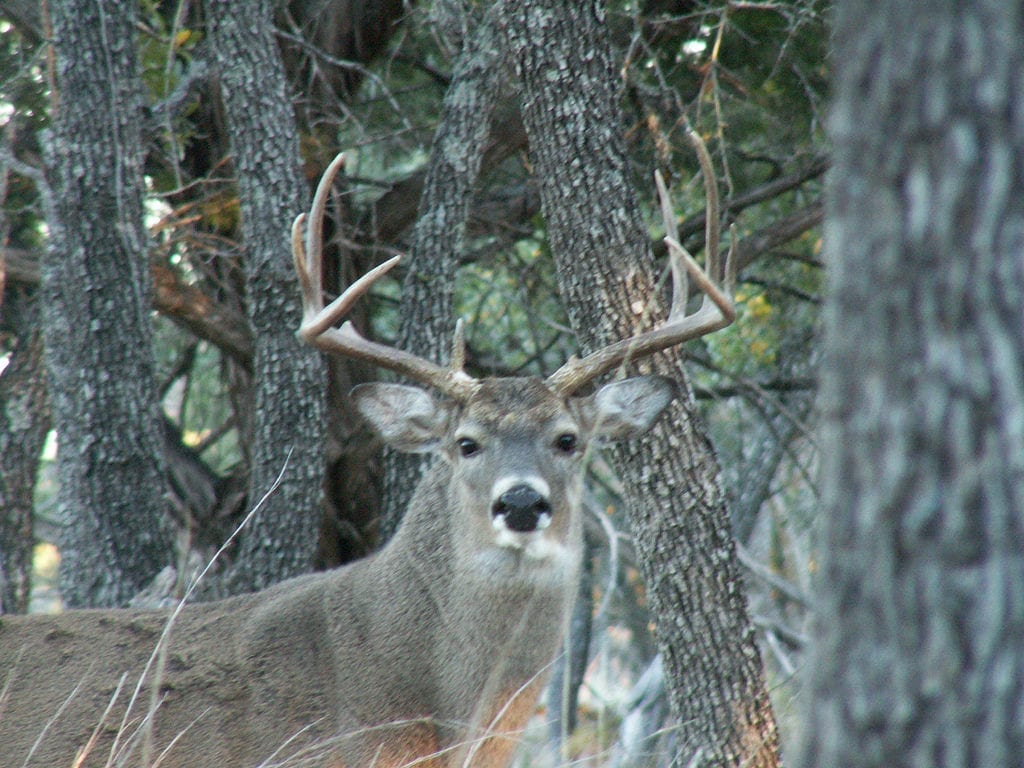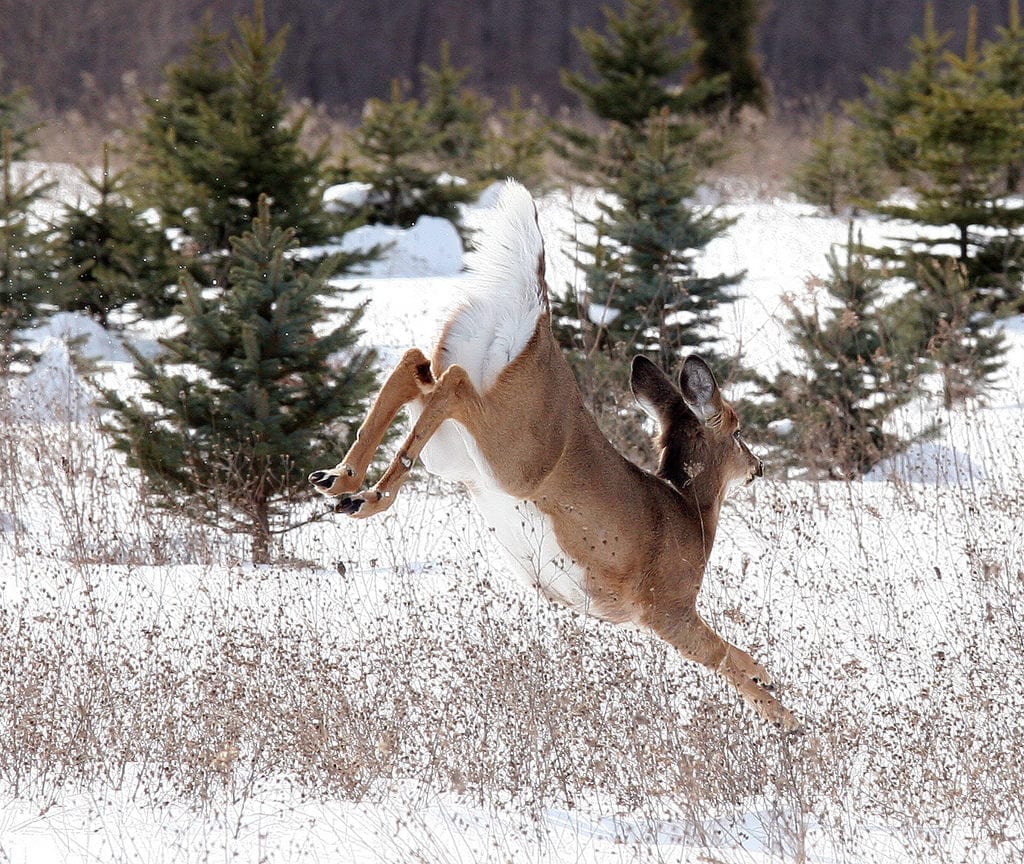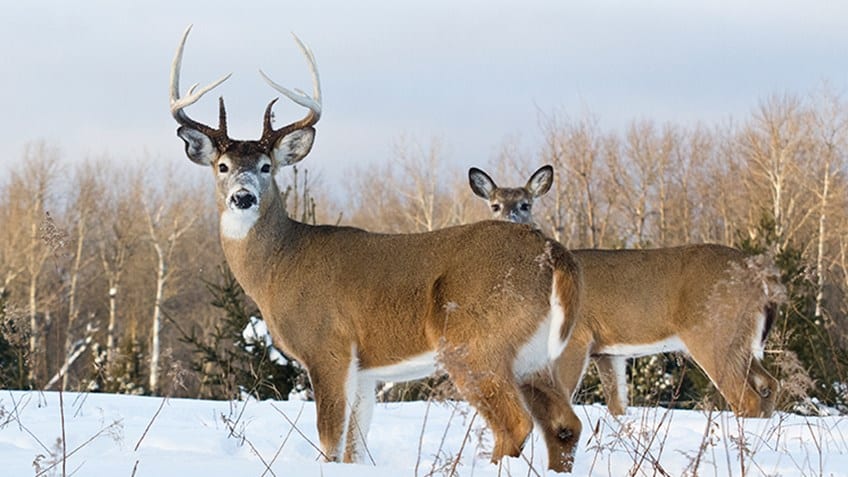 There are a lot of things you can learn by reading whitetail deer tracks. Whether you’re a hunter or wildlife watcher, knowing the story behind the tracks will give you a better chance of seeing these beautiful and often elusive creatures.
There are a lot of things you can learn by reading whitetail deer tracks. Whether you’re a hunter or wildlife watcher, knowing the story behind the tracks will give you a better chance of seeing these beautiful and often elusive creatures.
How to tell a buck track from a doe track
It certainly isn’t a science when it comes to figuring out the difference between a buck and a doe track- it’s an art. As with most art, you can end up with more than one opinion. That said, there are characteristics that shed some light onto the subject (pun intended).
To begin, the average size of a mature whitetail buck’s front track is typically between 2.75″ to 3.5″ long. Their front tracks are proportionally larger than their hind tracks. Does and young deer often have tracks that are almost equal in size. The rear hooves of young deer or does tend to step in their front tracks, while the rear hooves of bucks often land short of their front tracks. Tracks of large bucks are often 6″-8″ apart (left to right) because they have wider chests and longer strides than young deer or does.
Spread toes (splayed tracks) are another possible indicator of a buck. If the track is from a walking deer and is splayed, there is a good chance it is a large buck. Does can leave splayed tracks when running. To determine if the track is from walking or running, look at the terrain surrounding the track. If there is loose dirt or debris in front of the track, or if it looks like the hoof slid, the deer was probably running. The distance between tracks is also greater when deer run.
Individual deer tracks
Sharp toes are generally seen in tracks from young deer, depending on the terrain type. Whitetails that live in hard, rocky terrain or are older often have more rounded hooves. Each deer’s tracks are unique, similar to a fingerprint. Look closely and you will notice some toe tracks have a curve to them, either in or out. Mature deer may have chipped hooves which you can see in a good print. Identifying marks from tracks make it possible to follow an individual deer’s movements throughout the seasons.
Track Context and Deer behavior
Where you find deer tracks is also important. Large bucks are more likely to plow through thick brush, while does and young deer are more likely to go around. Tracks that step through narrow passages (like close trees) are most likely from does or young deer, because mature bucks that haven’t shed their antlers can’t fit. The best place to see deer is near a trail with tracks going in both directions. These trails are usually found where two types of habitat, like woods and field, come together. These types of trails usually mean deer are going from a bedding ground to a food supply and back.
Remember, reading whitetail deer tracks is an art, not a science. Understanding the story behind the tracks certainly can increase your chance of an encounter with a whitetail deer. So grab your blaze orange stocking cap and vest and start tracking your local whitetails!

